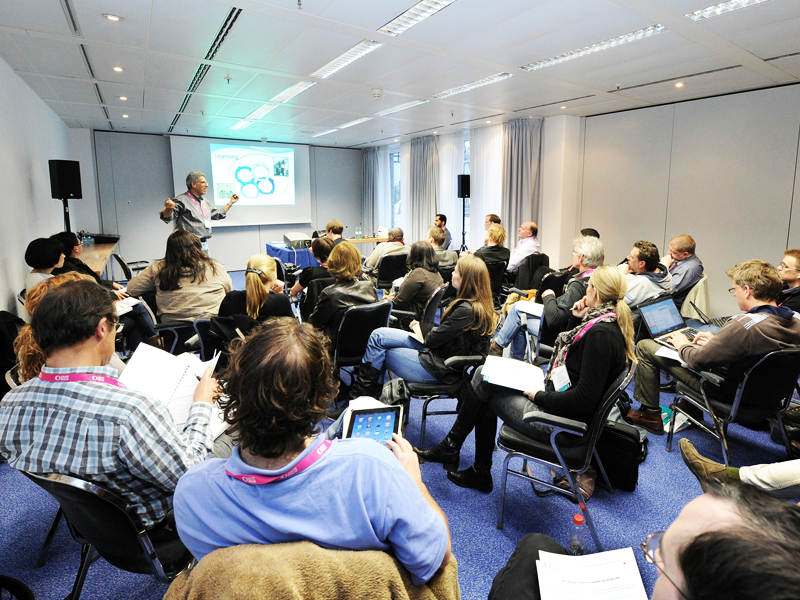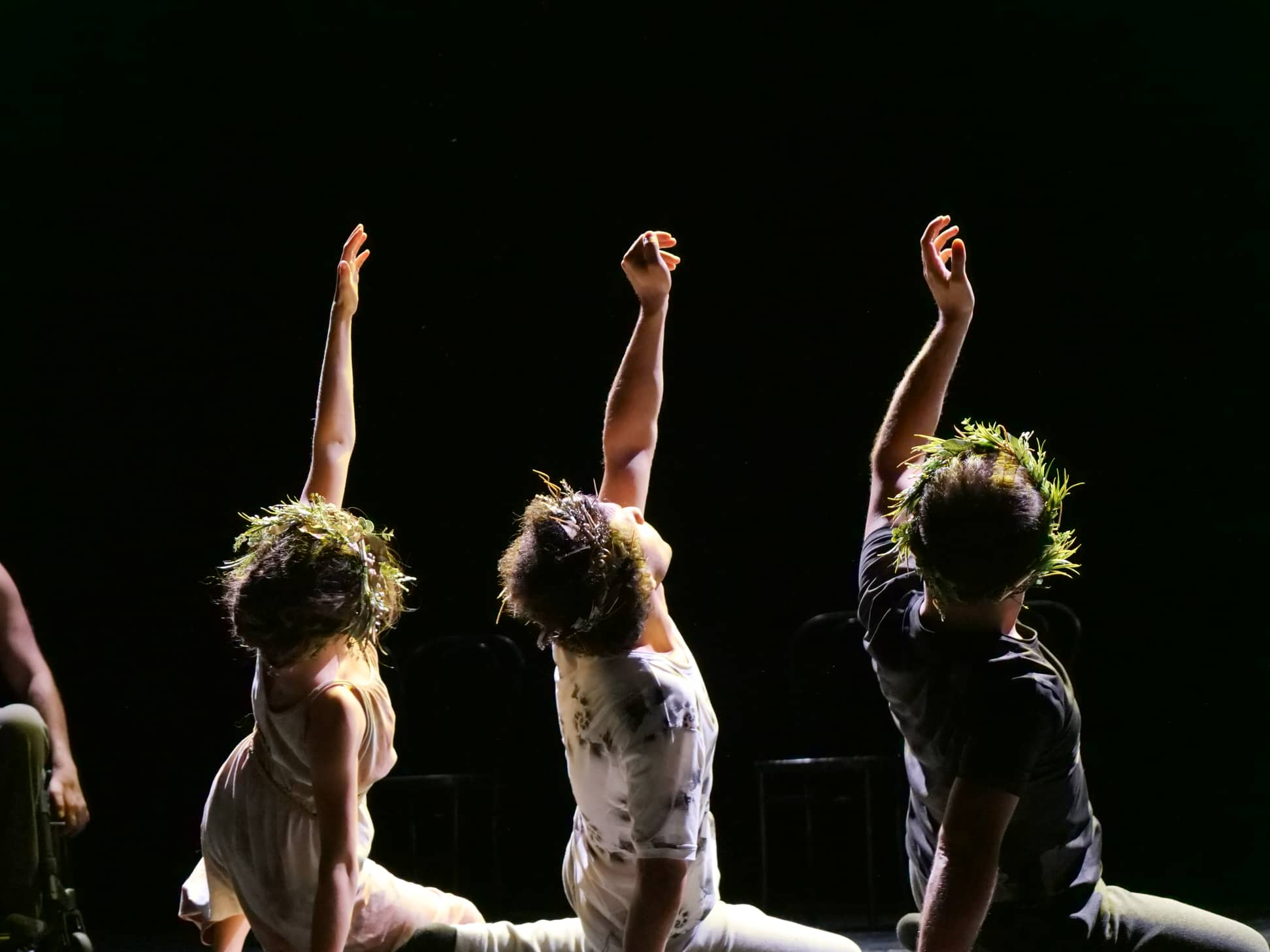
How Could Culture Contribute to Resolving Conflicts? European and Local Examples
Guernica and the War

Photo Credit: markwk.com
Pe On 26 April 1937, the Nazi Germany’s aviation, Luftwaffe, attacked the Basque town of Guernica. According to the international opinion, it was a war crime, whereas there were no military targets, but only civilians. Guernica was a town with no air defence. Shortly after the bombing occurred, Pablo Picasso painted a monumental painting on this topic, which subsequently became famous. Pablo Picasso started his political life due to this work of art. The picture reveals people’s suffering caused by violence and chaos during the attack. After its return to Spain, and the restoration of democracy, Guernica was exhibited in Prado, subsequently it was placed in Museo Reina Sofia from Madrid, where a bigger exhibition space was found for the huge canvas.
Warsaw and UNESCO

More than 8 in 10 buildings were destroyed in Warsaw to the end of the World War II. In 1945, after the bombing attacks, riots, fights and demolitions ended, a large part of Warsaw was lying in ruins. The “Bricks for Warsaw” campaign was started after the war, under a communist regime installed by Soviet conquerors. Therefore, new buildings were designed to replace the old ones. Monument buildings were also build: The Palace of Culture and Science, a gift from the Soviet Union. The town became the Poland’s capital and the political and economic center of the country. Many of the historic streets, buildings and churches were restored to their original form. In 1980, the historic center of the country was designated as World Heritage, protected by UNESCO.
Edinburgh and Festivals

To the end of the World War II, the idea to initiate the Edinburgh International Festival occurred. Due to destructions and poverty left behind by war, Europe was needing a center that would join music, theatre, opera and ballet enthusiasts. Each year, over 400,000 people from across the world come to this festival that was the catalyst for several other festivals: Edinburgh Festival Fringe arts festival, the Edinburgh International Film Festival, the Edinburgh International Book Festival. All these events generate Scotland revenues of millions of pounds, and what is the most important is that they managed to achieve their goal - to join into the cultural context nations torn apart by the political hate.
Chisinau and Squares

Towns need public spaces where people could meet, interact or simply to rest. This conclusion was reached by an initiative group from Chisinau, which targeted to refurbish Chekhov square in the capital since 2014. The square is placed right in the center of the town, at the intersection of Mitropolit Varlaam and Vlaicu Parcalab streets. Until recently, it was an empty and ugly place. And useless. Due to the parked cars and broken sidewalk, pedestrians were forced to walk in zigzag or to get out on the road.
The initiative group has set itself to refurbish and revitalize this urban area, so that people could pass through the square and, maybe, to stop there. Thus, they launched a fundraising campaign, which generated USD 15,000. This money contributed to implement the first refurbishing plan, which aims at saving the acquisition and building space, building brand personality, putting benches, garbage bins, street lamps and lawn to attract people, developing the planning project and drafting the necessary documents for renovations. To complete the project, the initiative group called for the municipality’s help, which contributed with MDL 1 million to continue the renovation works. In the future, the initiative group plans to renovate the sidewalk, remove the unlawful sidewalk parking, carry out works of concreting and renovation of concrete components in the square and to pave the space from the center of the capital and remove the old fountain, as its restoration is not possible.
For more information about culture and on how you can show yourself in this field, attend the Culture & Creativity Course provided by the EU - Eastern Partnership Culture and Creativity Programme. In this course, you will be able to find out what cultural and creative industries are, what makes cities creative, what differences exist between mass and high culture, what the role of culture is in the different spheres of life and how culture can contribute to conflict resolution.
Lessons included in the course:
#1. Defining culture
#2. The role of culture
#3. Culture, conflicts and dialogue
#4. Creative economy
#5. Cultural and creative industries
#6. Urban creativity
#7. Mass and high arts
The course is free and in the end you can get a certificate of learning after taking a quiz.




